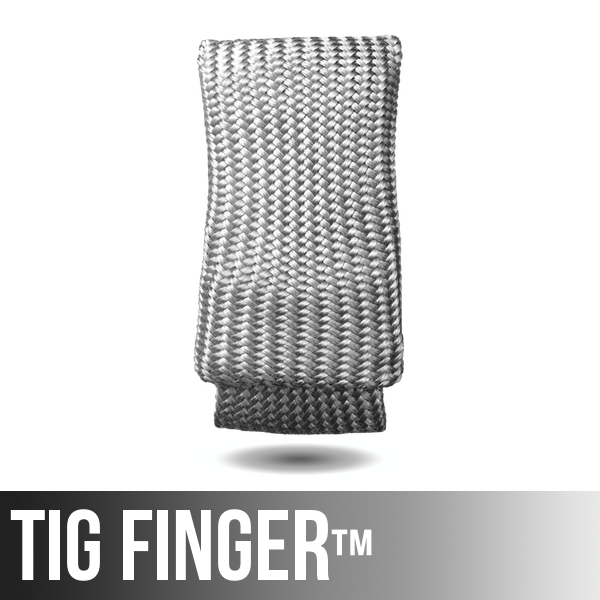Video Transcript:
Stick Welding Aluminum and a little known trick for Tig welding
Hey, Jody here. Today, we’re doing a little stick welding aluminum. Not my favorite thing, but I’m going to try a little quarter inch lap joint, and we’ll do a cut and etch test on it, compare results from stick welding cold with no pre-heat to weld it while it’s hot from the previous weld and see the difference there. What I really want to talk about today is something that I bet you didn’t know. I saw a video years ago … can’t find it now, but I saw a video years ago of a guy repairing an aluminum pump housing, a cast aluminum pump housing. He was using a scratch start TIG rig on DCEN. But for filler rod, he was using an aluminum stick electrode with the flux on, and it wasn’t looking bad at all.
That’s interesting to me, and we’re not talking about something that you would want to do all the time. But there are times when you’ve got to just do something in a pinch, a temporary repair until you can fix it the right way, things like that. We’re going to do a little bit of that today, and also, we’ll do a little cut and etch on that. Let’s dive in.
All right. For the stick welding, I’m using these Hobart 1/8th diameter rods. That’s 3.2 millimeter. 120 amps DCEP, electrode positive. That’s also called reverse polarity. And I tried a few at a slightly lower amperage, and they definitely needed the full 120. I’m welding on a quarter inch thick, roughly 6 millimeter thick, material, and it’s a lap joint. And you can see how hard it is to distinguish the puddle from the flux. It’s just kind of a mess. Lots of spatter. Lots of slag. It’s kind of ugly, but it stuck these pieces together.
Now, we’re going to run a beat with the TIG welder using these Blue Demon rods. These are smaller diameter. I ordered two different brands just to get two different diameters. I ordered on Amazon, by the way. I’ll put some links in the description box for these things. I’m sticking the tungsten barely even extending out, because I want this to be kind of a brazing operation. I don’t want to contaminate my electrode. I figure all that flux popping around is going to jump onto the electrode.
I think, actually, I could’ve run it up in the cup a little bit more, and it might’ve worked even better. But I’m adding quite a bit of rod here, and that’s because a lot of the flux is just going to slag. It’s not going in the weld, and you’ll see that in the arc shot in just a second. Flux going everywhere. See it running all down there? But you can kind of distinguish a puddle. And so once you get that sort of distinguished and get the heat right, it kind of goes better than you might think.
This is 8th of an inch thick material, by the way, 3.2 millimeter thickness. Running around 140 amps here, and I’m using the foot pedal, just because I really didn’t have any idea how much amperage it would take. And it’s pretty ugly compared to a TIG weld, but then again, it’s looking better than I thought it would. So this would do in a pinch as kind of a last resort, emergency type repair, if you didn’t have an ACDC TIG welder.
Well, let’s get some results here with a quick cut, polish, and itch on this stick weld. It looked horrible going in. Didn’t look that great on the final product, either, and look at all that porosity. But what we learned here is with the pre-heat … like, I welded this one while it was still hot, and it came out much better. Let’s take a look at the one we TIG welded with the flux on the rod. I mean, the weld nugget itself is just not really too bad. Got decent penetration, very little porosity.







Leave a Reply